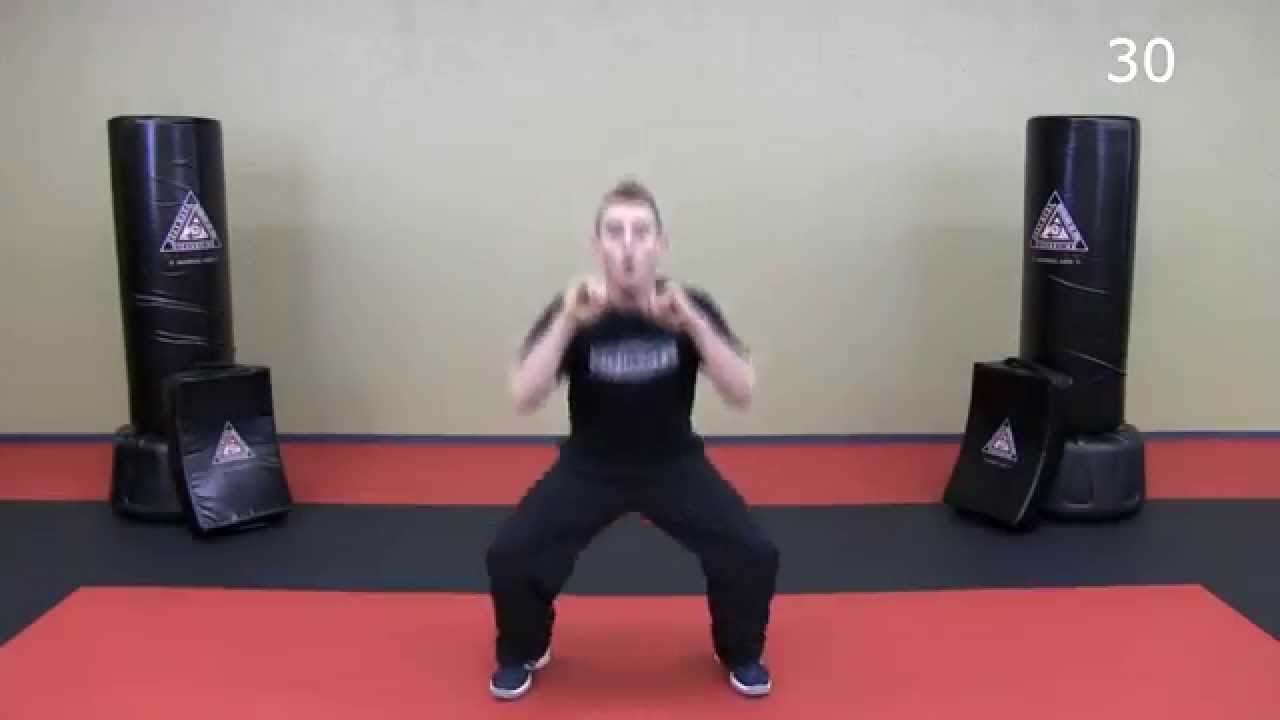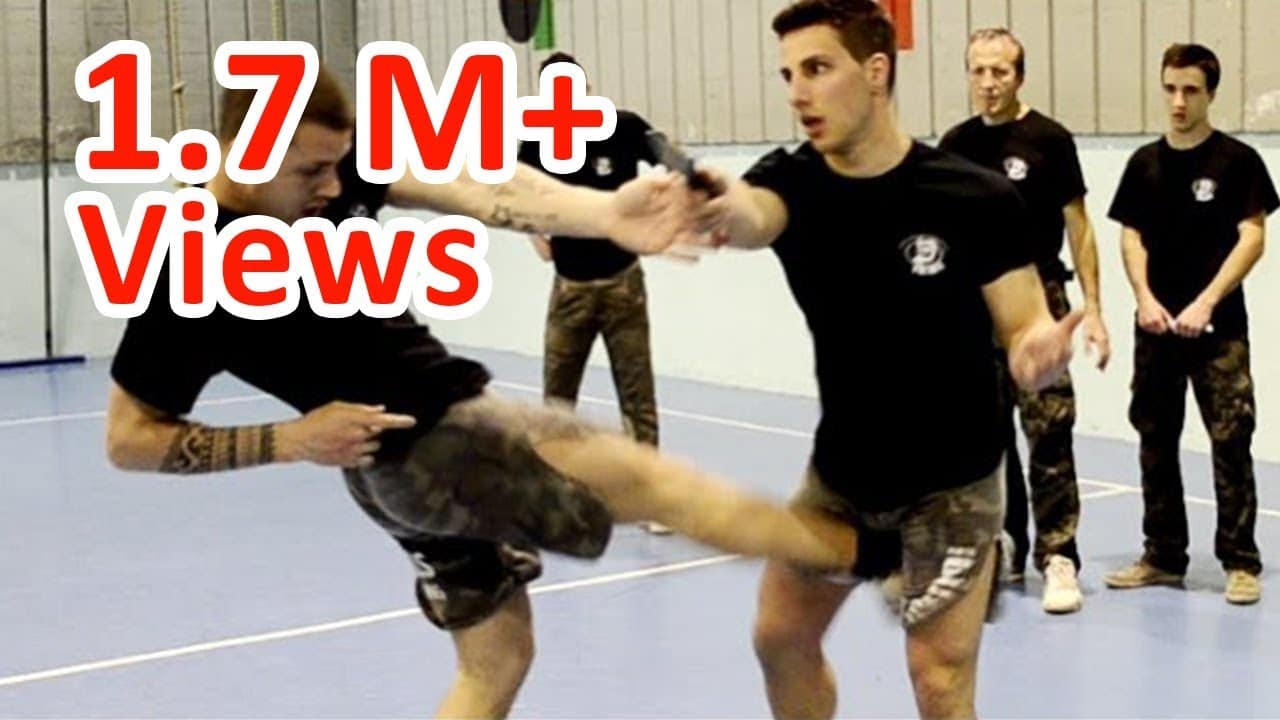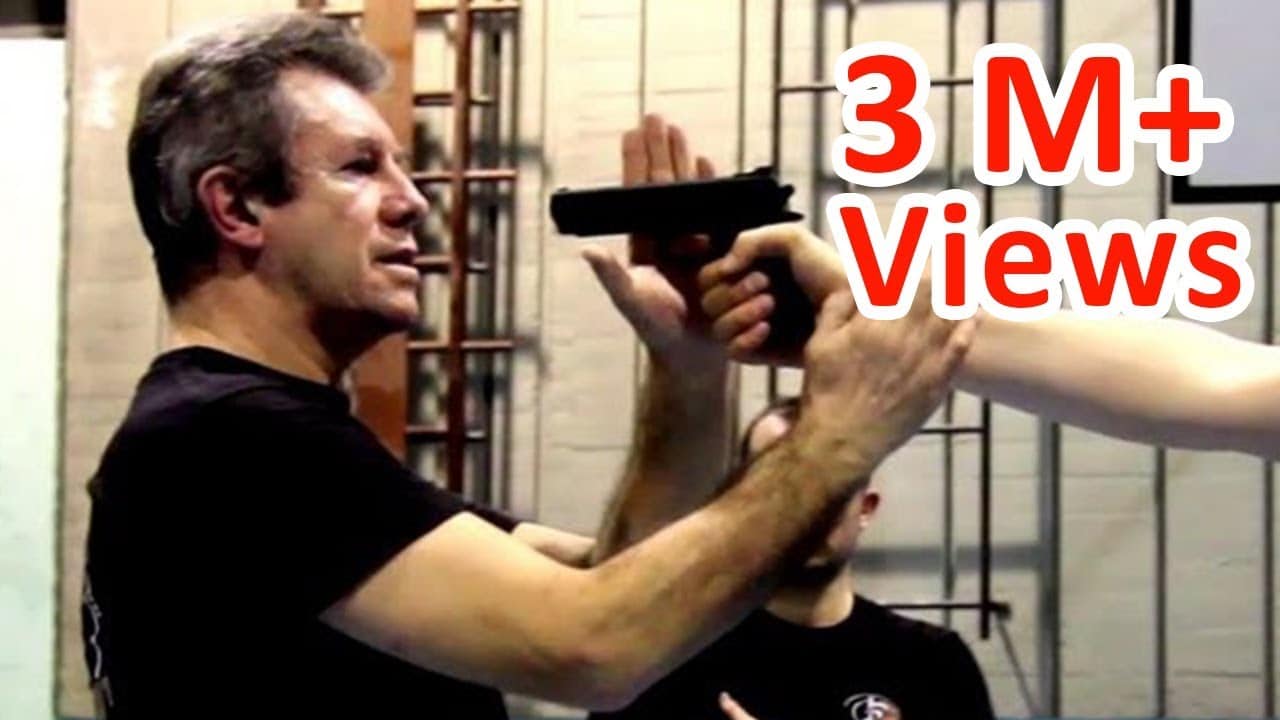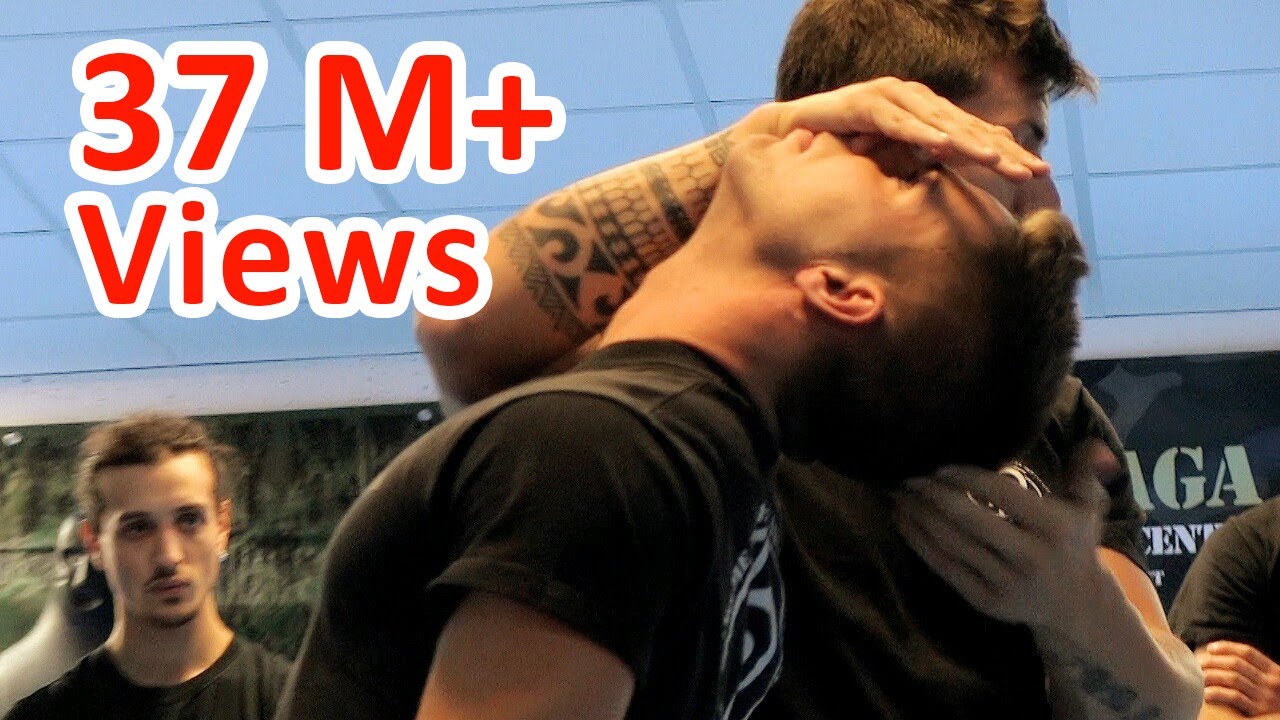Discover Krav Maga Self Defense
Krav Maga, a self-defense system developed for the Israel Defense Forces (IDF), has gained popularity worldwide for its practical techniques and focus on real-world scenarios. While traditional Krav Maga classes primarily focus on self-defense skills, incorporating Krav Maga into a workout routine can provide a challenging and effective full-body workout. Here’s a guide to creating Krav Maga-inspired workout lessons:
Warm-Up: Start with a dynamic warm-up to prepare your body for the workout. Include exercises such as jogging in place, jumping jacks, high knees, arm circles, and leg swings to increase heart rate, improve flexibility, and loosen up muscles.
Technical Drills: Begin the workout with technical drills to practice fundamental Krav Maga techniques. These drills can include:
- Strikes: Practice basic strikes such as punches, palm strikes, elbow strikes, and knee strikes against a heavy bag or focus mitts. Focus on proper form, speed, and power with each strike.
- Blocks and Defenses: Practice blocking techniques to defend against punches, kicks, and grabs. Work on timing, accuracy, and fluidity of movement.
- Combatives: Combine strikes, blocks, and defenses into fluid combinations or “combatives.” Perform drills that simulate real-life self-defense scenarios, such as escaping from grabs or defending against multiple attackers.
Conditioning Exercises: Incorporate conditioning exercises to improve strength, endurance, and agility. These exercises can include:
- Bodyweight Exercises: Perform exercises such as push-ups, squats, lunges, burpees, and mountain climbers to build muscular strength and endurance.
- Cardiovascular Training: Include high-intensity interval training (HIIT) exercises such as sprints, shuttle runs, jumping rope, or agility ladder drills to improve cardiovascular fitness and burn calories.
- Core Exercises: Incorporate core-strengthening exercises such as planks, Russian twists, bicycle crunches, and leg raises to develop core stability and power.
Partner Drills: If possible, partner up with a training buddy to practice partner drills and sparring exercises. Partner drills can include:
- Pad Work: Take turns holding focus mitts or Thai pads for your partner to practice striking combinations.
- Defense Drills: Practice defensive techniques against a partner’s attacks, such as evading punches, blocking kicks, or escaping from holds.
- Sparring: Engage in controlled sparring sessions to apply Krav Maga techniques in a dynamic and realistic setting. Focus on maintaining awareness, reacting quickly, and applying proper technique under pressure.
Cool Down and Stretching: Finish the workout with a cooldown period to lower heart rate and prevent muscle soreness. Perform static stretches for major muscle groups, focusing on areas that were worked during the workout, such as the shoulders, chest, back, hips, and legs.
Safety Considerations: Always prioritize safety during Krav Maga-inspired workouts. Start slowly, gradually increasing intensity and difficulty as your fitness level improves. Listen to your body, and stop if you experience pain or discomfort. If possible, train under the guidance of a certified Krav Maga instructor to ensure proper technique and form.
Incorporating Krav Maga-inspired workouts into your fitness routine can provide a challenging and effective way to improve strength, endurance, agility, and self-defense skills. By combining technical drills, conditioning exercises, partner drills, and stretching, you can create a comprehensive workout that enhances both physical fitness and practical self-defense capabilities.





